Intro
Discover the wholesale vs retail difference, exploring bulk pricing, distribution channels, and market strategies, to understand the advantages of each business model.
The world of commerce is vast and complex, with various channels and strategies that businesses can use to reach their target audience. Two of the most fundamental concepts in commerce are wholesale and retail. Understanding the difference between these two models is crucial for businesses, as it can significantly impact their pricing, marketing, and distribution strategies. In this article, we will delve into the world of wholesale and retail, exploring their definitions, benefits, and drawbacks, as well as providing practical examples and statistical data to illustrate the differences between these two models.
The distinction between wholesale and retail is rooted in the way products are sold and distributed. Wholesale refers to the sale of products in large quantities to businesses, organizations, or individuals who intend to resell them. This model is often used by manufacturers, distributors, and wholesalers who sell products to retailers, who then sell them to end-consumers. On the other hand, retail refers to the sale of products directly to end-consumers, either online or offline. Retailers purchase products from wholesalers or manufacturers and then sell them to customers at a markup.
The wholesale model offers several benefits to businesses. For one, it allows manufacturers to sell their products in large quantities, reducing storage and handling costs. Additionally, wholesale pricing is often lower than retail pricing, making it more attractive to businesses that intend to resell the products. However, the wholesale model also has its drawbacks. For instance, manufacturers have limited control over how their products are marketed and sold, and they may not receive direct feedback from end-consumers.
In contrast, the retail model provides businesses with more control over the sales process and customer experience. Retailers can create their own branding, marketing, and pricing strategies, allowing them to differentiate themselves from competitors. Moreover, retailers can gather valuable feedback from customers, which can be used to improve products and services. Nevertheless, the retail model also has its challenges. For example, retailers often face high overhead costs, such as rent, inventory, and staffing expenses.
Wholesale Business Model
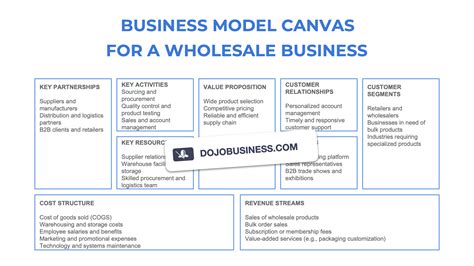
Some of the key characteristics of the wholesale business model include:
- Selling products in large quantities to businesses or organizations
- Lower pricing than retail
- Reduced storage and handling costs
- Increased efficiency
- Limited control over marketing and sales
- Reduced profit margins
Retail Business Model
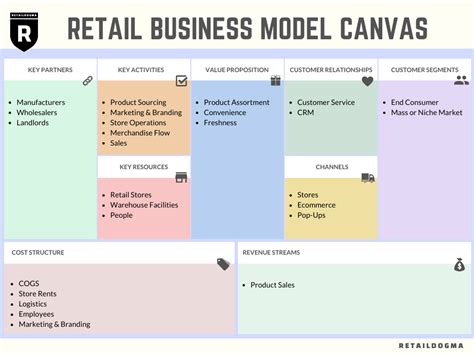
Some of the key characteristics of the retail business model include:
- Selling products directly to end-consumers
- Higher pricing than wholesale
- Increased control over marketing and sales
- Higher profit margins
- Direct feedback from customers
- High overhead costs
- Inventory management challenges
- Intense competition
Benefits of Wholesale
The wholesale model offers several benefits to businesses, including: * Reduced storage and handling costs * Lower pricing * Increased efficiency * Reduced marketing and advertising expenses * Access to a larger customer baseBenefits of Retail
The retail model offers several benefits to businesses, including: * Increased control over marketing and sales * Higher profit margins * Direct feedback from customers * Ability to create a unique brand identity * Opportunity to build customer loyaltyWholesale Pricing Strategies
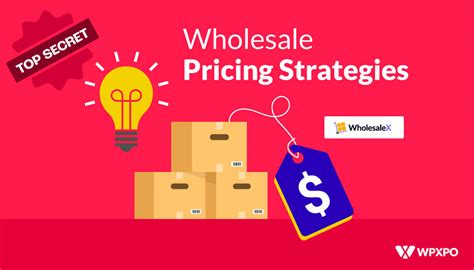
Retail Pricing Strategies
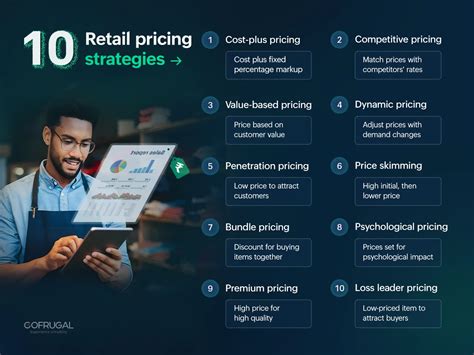
Challenges of Wholesale
The wholesale model poses several challenges to businesses, including: * Limited control over marketing and sales * Reduced profit margins * High volumes of inventory * Complex logistics and distribution * Dependence on retailersChallenges of Retail
The retail model poses several challenges to businesses, including: * High overhead costs * Inventory management challenges * Intense competition * Changing consumer behavior * Need for continuous marketing and advertisingWholesale Marketing Strategies
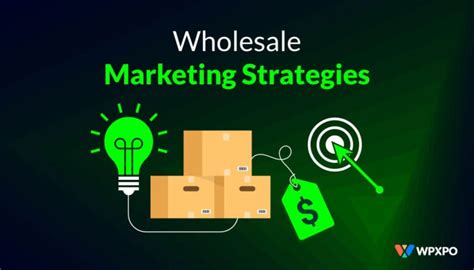
Retail Marketing Strategies
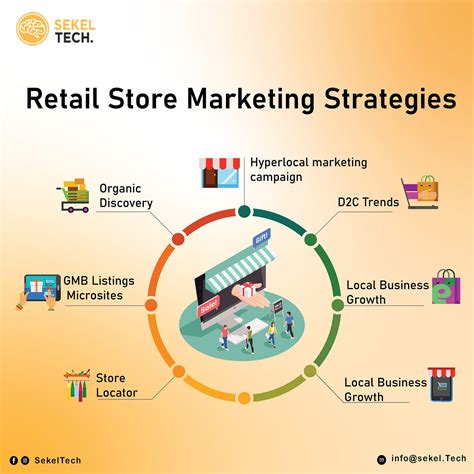
Future of Wholesale
The future of wholesale is likely to be shaped by technological advancements, changing consumer behavior, and shifting market trends. Some of the key trends that are likely to impact the wholesale industry include: * E-commerce and digital platforms * Sustainability and environmental concerns * Globalization and international trade * Data analytics and artificial intelligenceFuture of Retail
The future of retail is likely to be shaped by technological advancements, changing consumer behavior, and shifting market trends. Some of the key trends that are likely to impact the retail industry include: * E-commerce and digital platforms * Omnichannel retailing * Sustainability and environmental concerns * Personalization and customer experienceWholesale and Retail Image Gallery
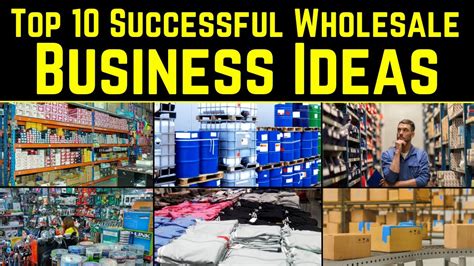

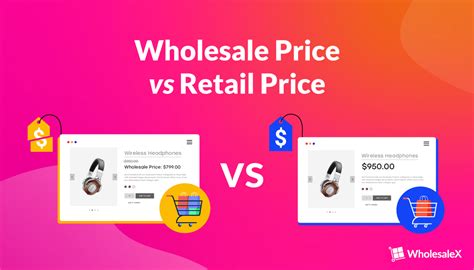
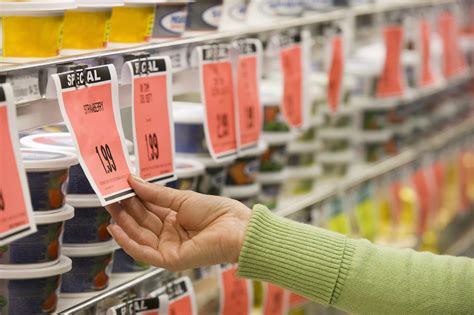
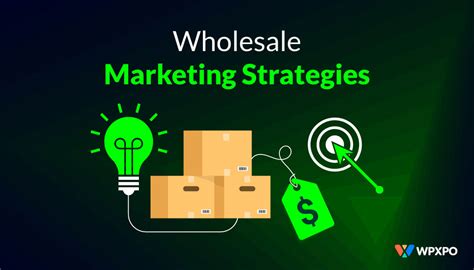
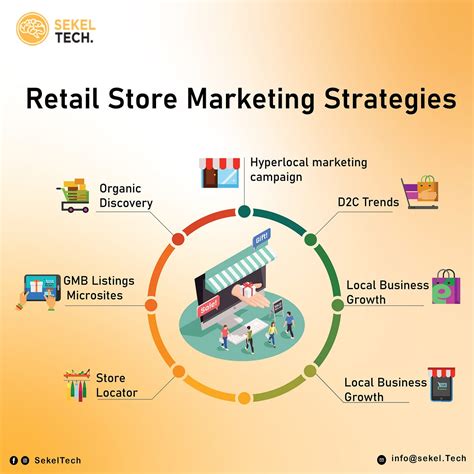
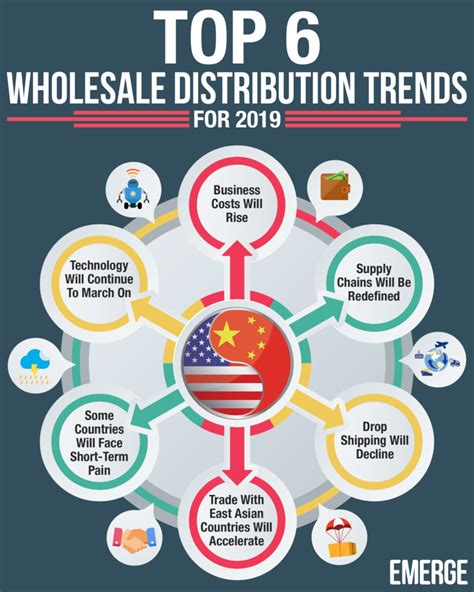
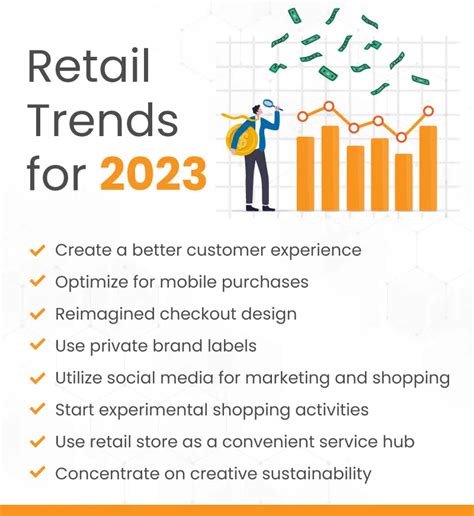
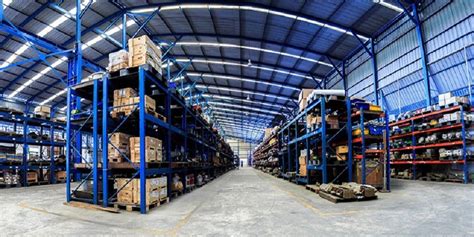

What is the main difference between wholesale and retail?
+The main difference between wholesale and retail is that wholesale involves selling products in large quantities to businesses or organizations, while retail involves selling products directly to end-consumers.
What are the benefits of using the wholesale model?
+The benefits of using the wholesale model include reduced storage and handling costs, lower pricing, and increased efficiency.
What are the benefits of using the retail model?
+The benefits of using the retail model include increased control over marketing and sales, higher profit margins, and direct feedback from customers.
How do wholesale and retail pricing strategies differ?
+Wholesale pricing strategies involve setting prices based on the cost of production, plus a markup, while retail pricing strategies involve setting prices based on the perceived value of the product to the customer.
What trends are likely to impact the wholesale and retail industries in the future?
+The trends that are likely to impact the wholesale and retail industries in the future include e-commerce and digital platforms, sustainability and environmental concerns, and changing consumer behavior.
In conclusion, the wholesale and retail models are two distinct approaches to selling products, each with its own benefits and drawbacks. By understanding the differences between these models, businesses can make informed decisions about which approach to use and how to optimize their pricing, marketing, and distribution strategies. Whether you are a manufacturer, distributor, or retailer, it is essential to stay up-to-date with the latest trends and developments in the wholesale and retail industries to remain competitive and achieve success. We invite you to share your thoughts and experiences on the wholesale and retail models, and to ask any questions you may have about these topics.
